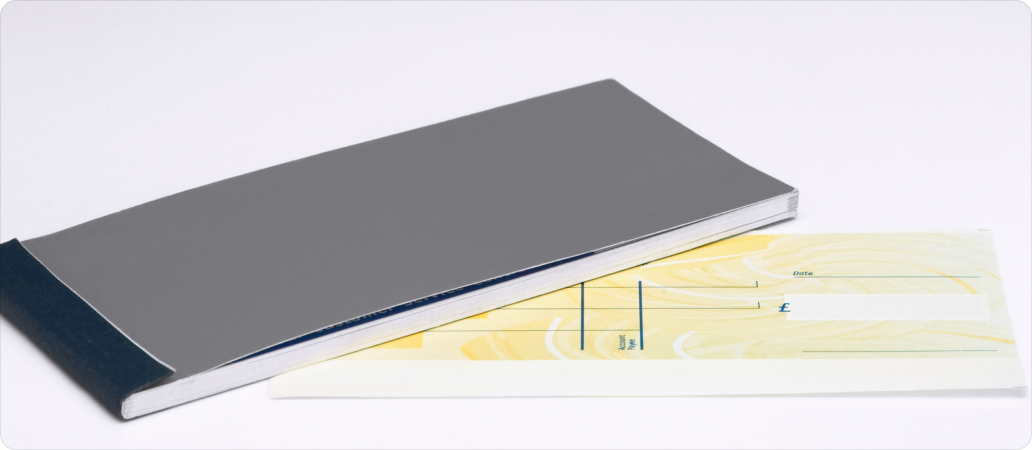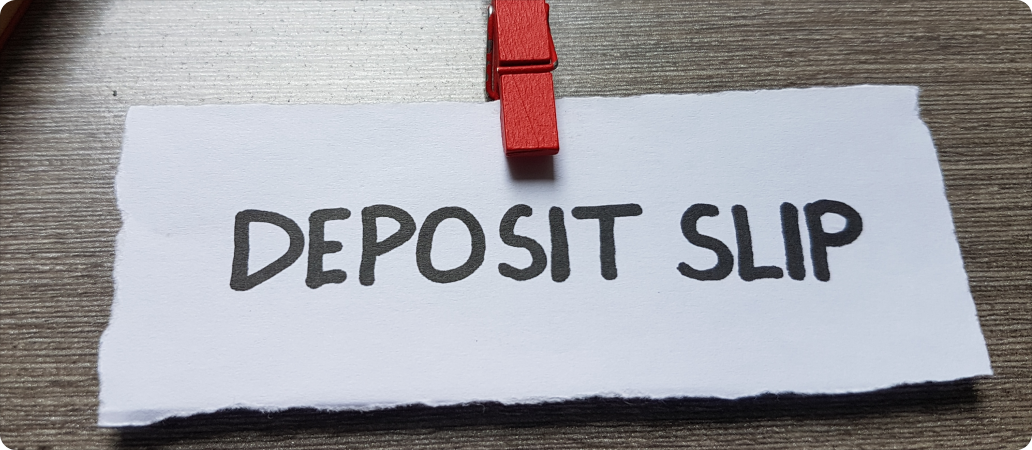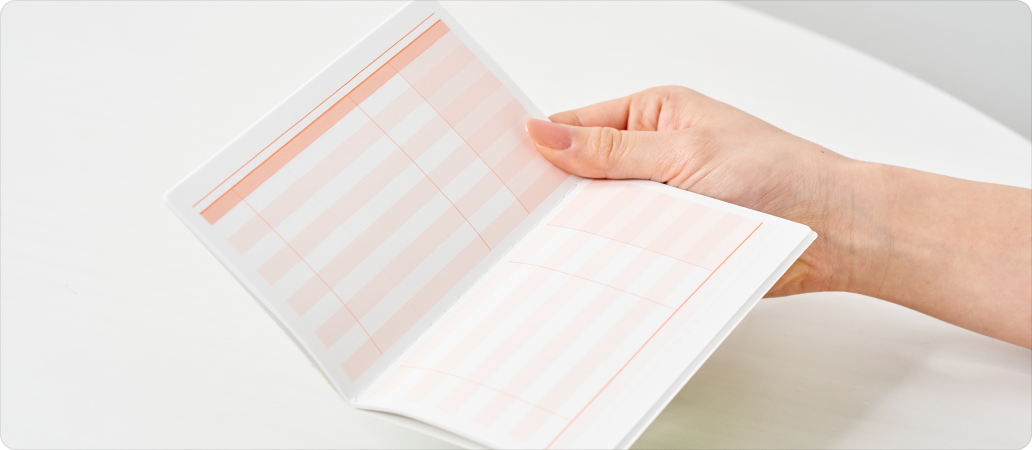What is a Bank Cheque Book & Terms Associated with It?
The digital era features online financial transactions as its primary force but cheque books remain essential for banking operations. Banks distribute cheque books which contain multiple unused cheques that permit customers to direct their bank to carry out fund transfers to specific recipients. By being a fundamental financial tool cheques serve as a link between time-tested banking processes and modern payment requirements to deliver secure along with transparent transaction systems.
Since the beginning of modern banking systems cheque books have provided banks and account holders with both transparent records and exact payment execution. Cheque books serve essential purposes as payment methods because some financial transactions need physical evidence or payment guarantees even during the digital payment era. Cheques represent a dependable and protected procedure for disbursements which includes utility payments and crucial acquisitions as well as company commercial transactions.
What is a Cheque Book?
The check book functions as a modest folder which holds previously printed payment instruments for service or goods transactions. Every checking account holder receives this document featuring numbered checks for payment as bills of exchange. Every check contains preprinted details including financial institution routing information and account holder identification and bank account information. The checks include the bank routing number as well as the account number and check number.
Key Components of a Cheque Book
Various elements form the essential features which compose a cheque book.
1. Pre-Printed Cheques: Every individual cheque in the book arrives with default formatting that includes the customer's identification details and account number.
2. Sequential Numbering: The numbering system used for checks runs in sequential order to enable transaction monitoring.
3. MICR Line: Contains the MICR code, which facilitates the cheque clearance process.
4. The IFSC Code functions as a bank transfer identification tool to specify which bank branch handles funds.
How Does a Cheque Book Work?
Account holders can follow this simple procedure to use their cheque book:
1. Users must complete the cheque document by writing down the date and payee information with specified numbers along with word descriptions.
2. Account holders need to sign their cheques after filling in required information because this authorizes payments.
3. The paying party delivers the cheque to its recipient.
4. The payee completes the cheque clearing process through deposit transactions at their bank account. After bank validation of funds the transaction will move funds from the account of the payer to the account of the payee.
Types of Cheques
The multiple forms of cheques exist to provide unique functions for financial transactions.
1. A personal cheque comes from the bank but customers complete it for payment.
2. The bank confirms Certified Cheques with their guarantee to demonstrate that their customers are solvent.
3. Bank-signed cheques contain the highest possible assurance among cheque types.
Benefits of Cheque Deposit Slips
Depositing cheques through official slips brings customers several advantages.
1. Standardized check deposits become faster since the slips display organized descriptions of all cheques being processed.
2. These slips reduce the likelihood of mistakes when handling cheques since they need precise information to proceed.
3. All parties involved must confirm the precision of the transaction between the bank and the client.
Features and Benefits of a Cheque Book
1. Cheque books remain accessible for bank customers because they receive these books readily which allows them to make payments independent from digital transactions.
2. The payment instructions written on cheques remain detailed and specific thus preventing payment interpretation mistakes.
3. A cheque book contains fraud protection features which include MICR codes with required signatures for safeguarding transactions from attack.
Uses of a Cheque Book
A cheque book serves multiple uses because customers can make payments through several different transactions.
1. Repeated payments to utilities along with rent and other regular obligations are most efficiently handled through checks.
2. High-value deals should use cheques because traditional payment methods are not practical in such cases.
3. Businesses rely on cheque books when executing B2B transactions for their payment of bulk amounts and invoices from suppliers.
Conclusion
A bank cheque book functions as a core financial instrument that enables users to implement secure and transparent payment operations. The traditional approach of using cheque books continues to remain important because some customers still desire traditional payment methods and because certain transactions need this payment option. The banking services of Unity Small Finance Bank contain cheque books which provide solutions for its customers varied financial requirements.
The selection process between various financial options should consider how cheque books help with your financial organization while guaranteeing safe payment methods.
The modern financial environment continues to depend on the essential role of cheque books because they provide secure physical transaction methods. The knowledge of cheque book benefits combined with their uses will help both personal and commercial users confidently handle financial transactions.



